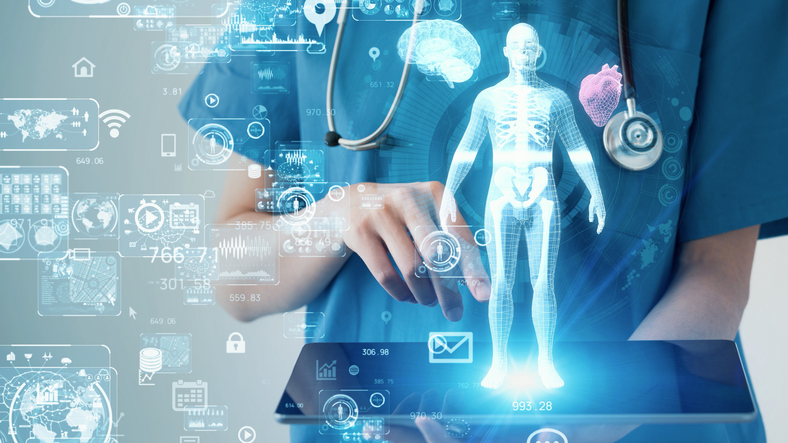
How Ochsner Health’s RPM pilot improved outcomes for patients with diabetes, hypertension – MedCity News

Ochsner Health, a 47-hospital health system based in Louisiana, recently released the results of its digital health pilot program for Medicaid patients with hypertension and type 2 diabetes. The results showed that remote patient monitoring combined with personalized care teams did an efficient job at bringing down patients’ blood pressure and hemoglobin A1c levels.
The pilot began in June 2020, and it has now enrolled more than 4,400 patients across the health system. Ochsner had rolled out remote patient monitoring programs before, but this pilot was the first time the health system focused on just the Medicaid population, said Dr. Denise Basow, Ochsner’s chief digital officer, in an interview.
About 14% of Louisiana’s adult population battles diabetes, and 40% suffers from hypertension. These chronic conditions affect a huge portion of the state’s population, but Medicaid programs have failed to give patients access to digital health programs that could help them keep up with treatment and experience better health outcomes, Dr. Basow pointed out. She also noted that since diabetes and hypertension often manifest without patients having noticeable symptoms, many patients find it difficult to remember to stay on top of their treatment plans.
Ochsner’s program combines at-home remote patient monitoring with clinician support to manage these chronic conditions. Patients with hypertension received a blood pressure cuff, and diabetic patients receive diabetes monitoring supplies, such as continuous glucose monitors.
The devices Ochsner uses are made by iHealth, Dr. Basow said. The data that these devices collect automatically goes into an app that patients download on their phone.
Patients are also assigned to an Ochsner care team, consisting of health coaches who check in with patients to see how their condition is progressing and pharmacists who help them manage their medications.
For patients whose blood pressure was “out of control” — defined as less than 140/90 — the program got nearly half of their blood pressures out of that zone by the first 90 days. Among patients with poorly managed diabetes — defined as having a hemoglobin A1c level less than 8% — the program took those levels out of that range for 59% of patients, she said.
Dr. Basow attributed the pilot’s success to three key parts. The first is the program’s use of remote monitoring technology, which she said is a game changer for the management of chronic conditions like hypertension and diabetes.
“By monitoring patients at home, we get a lot more data. The more data, the better it is in terms of understanding how to best treat patients,” Dr. Basow said. ”For typical, non-digital care for a patient with high blood pressure, they might see their primary care doctor three or four times a year. During those times, they might be stressed out. You don’t know if their blood pressure is because they’re stressed, because they were late to the appointment, because something else happened, or whether it’s real.”
The next reason the program was successful in improving patient outcomes is because it connected patients to Ochsner clinicians whenever their data revealed that they may need additional treatment. This led to patients getting more immediate care than they would in a more traditional care model, Dr. Basow said.
The last feature of the program she pointed to was the fact that Ochsner used an in-house platform that allowed health coaches to frequently check in with patients. This level of engagement meant that patients were more likely to keep up with their medications, according to Dr. Basow.
Armed with these data that showed this program improved patient outcomes among two chronic diseases that are very prevalent across Louisiana, Ochsner is aiming to get reimbursement from payers and employers. This would allow the health system to expand and formalize its pilot, but Dr. Basow noted that “there really is not very good insurance coverage for these types of programs” yet.
Photo: metamorworks, Getty Images